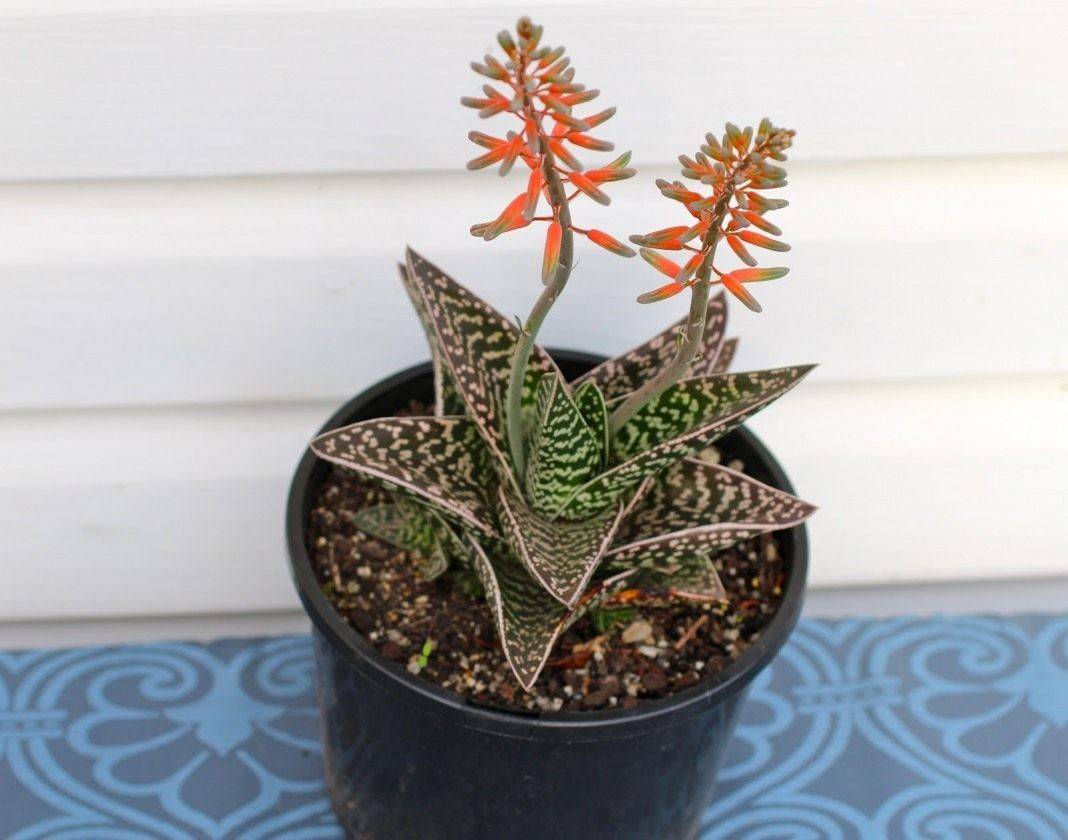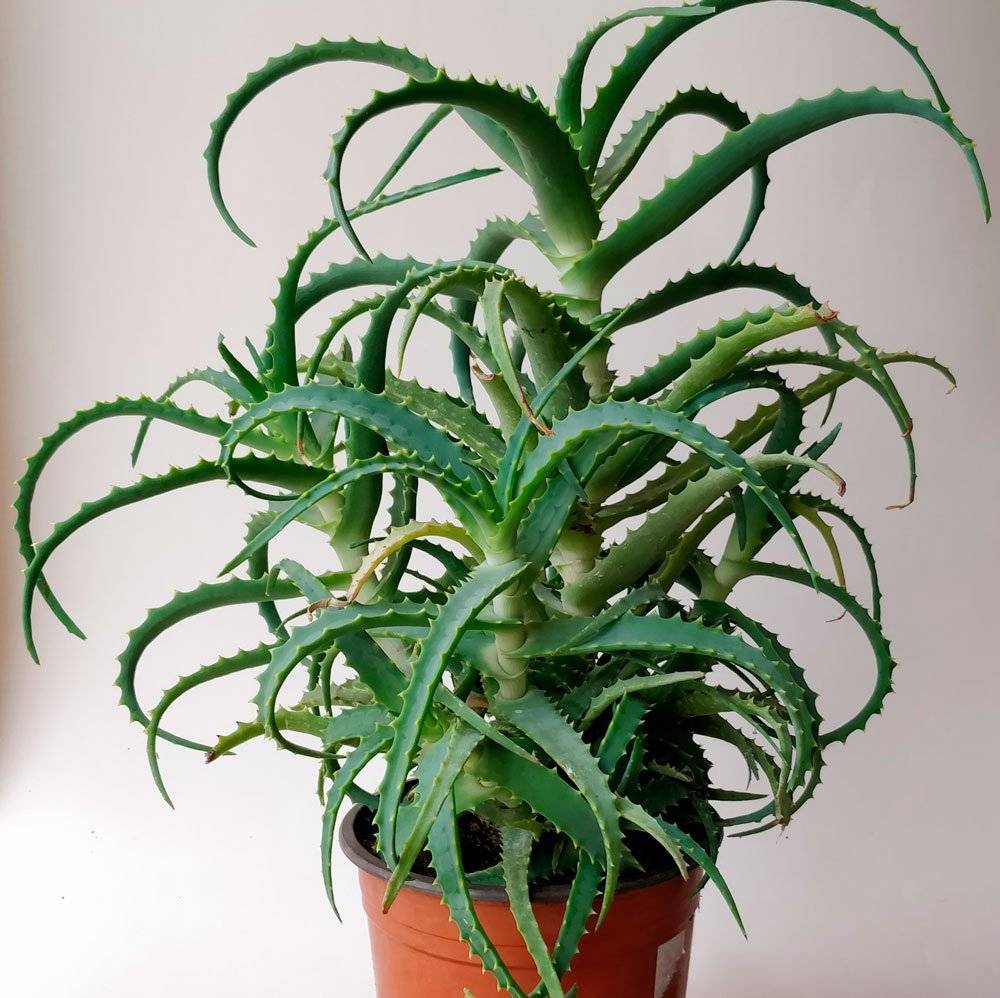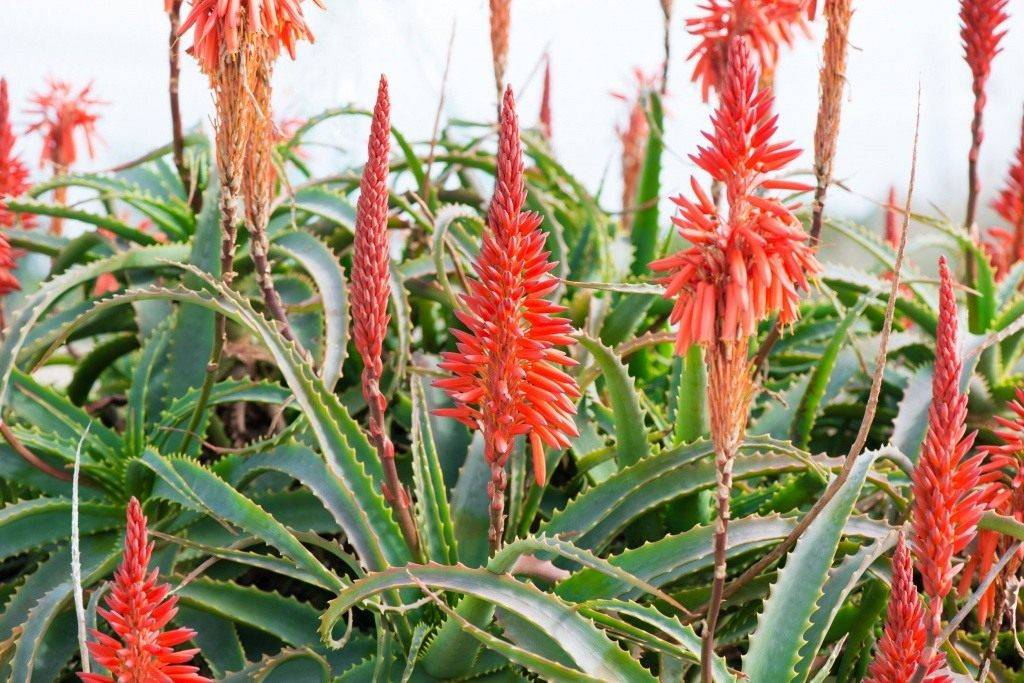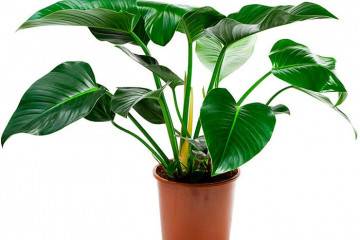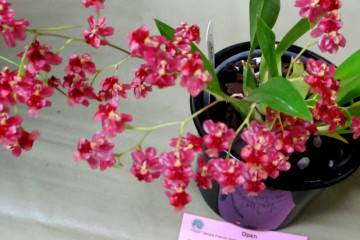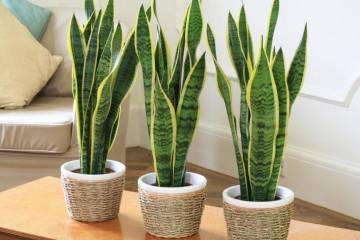Aloe flower: home care and main varieties
The homeland of aloe is considered to be the Arabian Peninsula, its western part. In addition, it can be found on the islands of Barbados and Curacao, which are also home to its growth. At one time, people actively contributed to the spread of aloe to continents: to Africa and to nearby islands, to South America.
Aloe leaves contain juice that treats mucous membranes and is used to treat a wide range of skin diseases. In particular, it is used for:
- healing wounds;
- burn treatment;
- removing acne;
- treating eczema;
- treatment and healing of skin cracks;
- treatment for psoriasis;
- to get rid of herpes.
Aloe flower will help if you need to cure trophic ulcers. It is also used in case of sunburn.
The recipe for obtaining a medicinal fluid is simple. You can make a regular spin through cheesecloth.
Description of the flower
The plant belongs to the asphodelic family. The list of its varieties includes more than five hundred species of perennials. Their predominant number belongs to herbaceous, but there are also shrubs. A number of species are tree-like.
In homes, aloe is a common plant. The popularity of the plant was created not only by its medicinal properties, but also by other qualities. In particular, the fact that all species belong to succulents and xerophytes, easily tolerating drought.
The stems of the plant are not very high. Moisture accumulates in the leaves of aloe. That is why they are so thick and fleshy. Aloe leaf shape is oblong with notches, sharp thorns or cilia. Some species have a smooth edge. During growth, the shoot is covered with leaves in a spiral, which contributes to the formation of dense rosettes.
The fruit of the plant looks like a triangular box. Inside it are dark gray flying seeds.
Most often in homes you can find aloe vera, it is sometimes called aloe real. Most home gardeners value the color for its expressiveness and medicinal qualities. In addition to this type of aloe, as you know, there are many other species that are divided into two main groups. One includes medicinal plants, the other - decorative.
Decorative types include:
- Aloe is variegated. It is a bushy plant. The height of an adult bush is up to 30 centimeters. Shortened stem, long triangular leaves. Has a two-colored spotted color. In spring, aloe blooms with bright inflorescences that have an orange or scarlet tone.
- Aloe spinous. Small bush. Numerous narrow leaves are gray-green in color. Additionally decorated with white speck. When it blooms, it forms a peduncle on which tubular, pale orange inflorescences are located.
- Aloe Marlota. It is an evergreen shrub that is best kept in large houses or greenhouses, since its actual height is up to 4 meters. The plant has been described as having large, broad leaves on which reddish thorns are found. The flowers are bright yellow or orange.
In addition to the designated types of aloe, decorative has many other varieties with various names. The decorative view may be referred to as:
- folded;
- squat;
- dichotomous;
- strongly branched;
- cap-shaped;
- pretty;
- white-flowered;
- havortia-like
- chernokolyuchkov;
- set apart.
Among the medicinal species, aloe agave is known to most home gardeners. But besides him, other species have similar qualities, which include plants with the following names:
- soapy;
- Barbadian;
- tree-like;
- frightening.
As well as decorative varieties, medicinal varieties are distinguished by their appearance, therefore, before purchasing a certain variety, it is worth familiarizing yourself with its features through catalogs and the Internet.
Home care
Providing aloe vera care at home is not difficult. This does not require experience and certain skills. With the right care, even beginners can achieve good growth. In order for the plant to take root, the following points must be considered:
- Watering aloe. It is carried out with settled water at room temperature. It must be carried out as the soil begins to dry out. If you water the flower too often, this will lead to rotting of the root system, the death of the plant. In winter, the number of irrigations decreases, but the condition remains the same, do not overdry the soil
- Lighting. Aloe is a light-loving plant. It is best if at home it is located on the south window. Unlike other colors, it is not afraid of direct sunlight. Bushes that have been in shade for a long time gradually become accustomed to sunlight. In winter, the plant is provided with additional lighting using fluorescent lamps.
- Temperature. Aloe does not need a special temperature regime. The flower can withstand temperature fluctuations from 13 to 26C. At the same time, it is enough to know that in summer aloe develops well at a standard room temperature of 22C, and in winter it is left alone. They are placed in a cool place with a temperature within 14 degrees.
- Humidity. This factor is not of high importance for plant development. The flower achieves normal growth and development in any condition of air humidity.
- The soil. To grow aloe at home, you can use a soil mixture designed for cacti as a soil. You can get soil on your own, but it must be remembered that the soil must contain low acidity.
A suitable substrate for growing aloe is a composition that includes sod, deciduous soil and additionally sand. The ratio is 2: 1: 1.
To achieve the looseness of the soil mixture, a small amount of charcoal is added to it, as well as small pieces of brick.
- Top dressing. It starts in the first half of spring and ends in early autumn. The frequency of feeding is 1 time every 4 weeks. In winter, fertilization is not required.
How to care for and grow aloe in a pot can be told by gardeners with many years of experience. They are ready to share their knowledge and give examples of successful cultivation of various plant varieties via the Internet, by publishing printed manuals.
The procedure for caring for ornamental and medicinal plant species is largely the same. The same applies to reproduction and transplantation.
If the plant is planted for the first time, then it will need a transplant in a year. For older plants growing in pots, the transplant is carried out every 2-3 years. It will depend on the growth of the aloe.
A preliminary check of the root system helps to determine the transplant. The flower is removed from the pot and placed on spread paper or film. If the roots are densely intertwined, and the soil is almost absent, the plant needs a transplant.
Understanding how to care for aloe in a pot at home, novice gardeners will learn that proper care includes not only soil formation, adherence to watering rules, the use of fertilizers, and the choice of a convenient place where there is good illumination and warmth. The selection of the container itself will also play an important role.
Pots are:
- plastic;
- clay.
Plastic containers are lightweight and inexpensive. But they are extremely unstable, cracks quickly appear on them.
Clay pots cannot hold moisture for long, so more frequent watering is required. At the same time, the temperature required for the plant is well maintained in clay pots.
Aloe bloom
It is believed that it is very difficult to achieve flowering of aloe at home. The main reason that the plant does not bloom is considered to be the lack of long daylight hours and sufficient coolness. These conditions are fundamental to the state of rest. You can hope for flowering only if you provide the plant with the necessary rest. This can be achieved if you apply additional means that provide conditions close to those that contribute to the appearance of flowers.
The list of such tools includes a special lamp that gives the color additional illumination. In addition, it is important to remember the rules of care. Observe the number of waterings in the warm and cold periods, feed on time, maintain the required temperature in the room.
Reproduction methods
Aloe is propagated in several ways. The traditional method is using seeds. In this case, it is necessary to spend a significant amount of time. Much more attention is paid to vegetative breeding methods, which are subdivided into several varieties:
- reproduction by shedding shoots;
- propagation method by cuttings;
- breeding method, when you have to cut off the tops of the shoot.
Six months after the transplant, the soil is not fertilized. Then top dressing is performed. According to the conditions of proper care, it is performed once a month. They use special preparations for succulents. Mineral dressings can reduce the medicinal properties of the plant, so it is best to use biological preparations.
By choosing traditional seed propagation for growing aloe, gardeners are known to spend more time. Despite this, this method is considered to be quite easy. The process is structured as follows:
- The seeds are planted in small containers. You can immediately plant the seed row in a long container filled with soil mixture. Planting is best done at the end of winter in the last weeks or early spring.
- After 30 days, after the first shoots appear, they are planted separately in separate containers of a larger size.
It is important to provide crops with regular watering and ventilation. Unlike an adult plant, they need protection from direct sunlight and provide a place of residence with a temperature of 20 degrees Celsius.
- After three months, when the plant grows larger, it is replanted again, choosing a wide and deep pot. The bottom of the container is filled with a drainage layer. It should be made of high quality with good bandwidth.Holes are also made at the bottom for water outlet. A sand mixture is laid on top of the drainage. Next, landing and filling with soil is carried out.
The second method of reproduction is the use of aloe shoots. A similar soil mixture is used as when planting seeds. Separation of young shoots that grow from the roots is performed. The disembarkation is done immediately in a separate container. Once a bush has roots and begins to grow, it receives the same care that an adult plant provides.
Aloe flower home. Indoor aloe always stands out sharply against the background of other indoor flowers. It is often bred for the double benefit. In addition to an expressive plant at home, you can get a real natural healing medicine that helps, including from colds.

